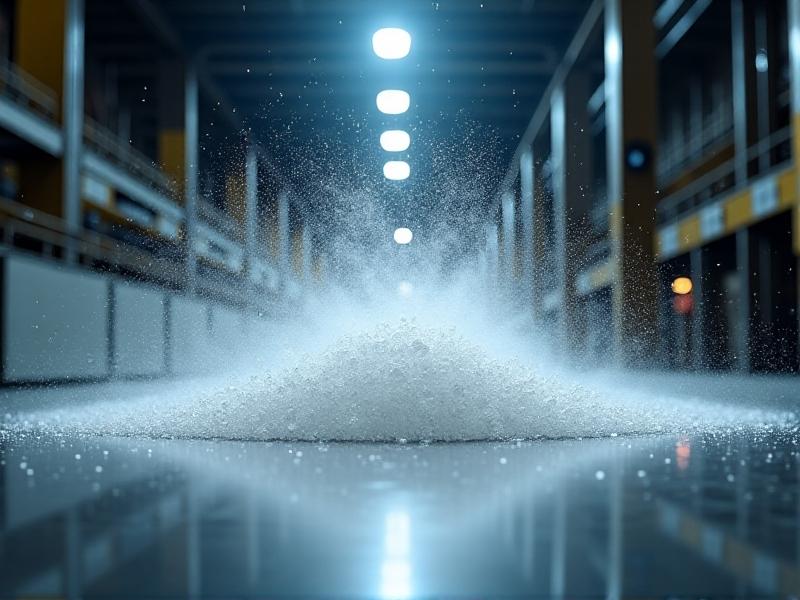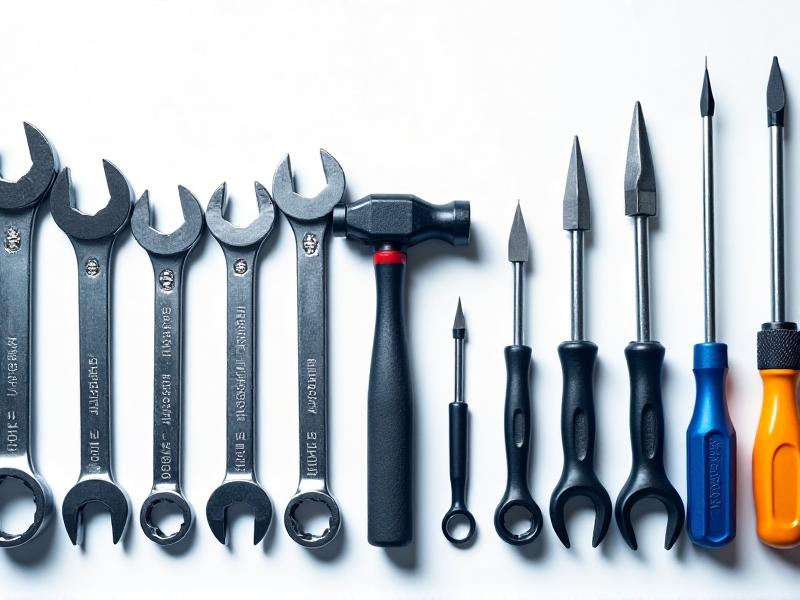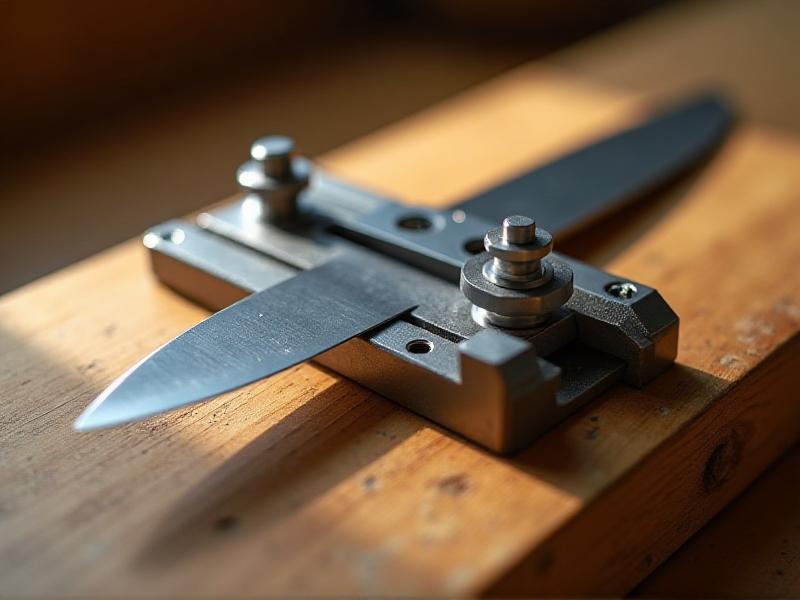Dry Ice Blasting for Museum-Quality Results
What is Dry Ice Blasting and How Does It Work?
Dry ice blasting is a revolutionary cleaning method that uses solid carbon dioxide (CO2) pellets accelerated by compressed air to remove contaminants from surfaces. Unlike traditional cleaning methods that rely on water, chemicals, or abrasive materials, dry ice blasting is non-abrasive, non-conductive, and leaves no secondary waste. The process works by propelling dry ice pellets at high speeds, which sublimate upon impact, turning directly from solid to gas. This sublimation creates micro-explosions that lift dirt, grease, paint, and other contaminants off the surface without damaging the substrate.
One of the key advantages of dry ice blasting is its versatility. It can be used on a wide range of materials, including metal, wood, plastic, and even delicate surfaces like historical artifacts. The absence of moisture makes it particularly suitable for cleaning sensitive equipment or objects that cannot withstand water or chemical exposure. Additionally, dry ice blasting is environmentally friendly, as it does not produce harmful residues or contribute to pollution.

The Benefits of Dry Ice Blasting for Museum Conservation
Museums are tasked with preserving artifacts and artworks that often require meticulous cleaning to maintain their integrity. Traditional cleaning methods can pose risks to delicate surfaces, but dry ice blasting offers a safe and effective alternative. This method is particularly beneficial for removing layers of dirt, soot, or old varnish without damaging the underlying material. For example, it has been successfully used to clean centuries-old sculptures, intricate metalwork, and fragile textiles.
Another significant advantage of dry ice blasting in museum conservation is its non-invasive nature. Since the process does not involve water or chemicals, it eliminates the risk of moisture-related damage, such as warping or corrosion. This makes it ideal for restoring historical artifacts that have been exposed to environmental pollutants or fire damage. Furthermore, dry ice blasting can be precisely controlled, allowing conservators to target specific areas without affecting surrounding surfaces.

Applications of Dry Ice Blasting in Art Restoration
Art restoration is a delicate process that demands precision and care. Dry ice blasting has emerged as a valuable tool in this field, offering a way to clean and restore artworks without compromising their original state. For instance, it has been used to remove layers of grime and discolored varnish from oil paintings, revealing the vibrant colors beneath. Similarly, it can clean sculptures, ceramics, and other three-dimensional artworks with intricate details.
One of the standout features of dry ice blasting in art restoration is its ability to preserve the patina of aged objects. Unlike abrasive methods that can strip away the surface layer, dry ice blasting gently lifts contaminants while leaving the patina intact. This is particularly important for historical pieces, where the patina contributes to the object's authenticity and value. Additionally, the process is quick and efficient, reducing the time required for restoration projects.

Why Dry Ice Blasting is Ideal for Industrial Equipment Cleaning
Industrial equipment often accumulates layers of grease, oil, and other contaminants that can impair performance and pose safety risks. Dry ice blasting is an effective solution for cleaning such equipment, as it can remove stubborn deposits without disassembly or downtime. For example, it has been used to clean conveyor belts, molds, and machinery in manufacturing facilities, ensuring optimal operation and reducing maintenance costs.
One of the key benefits of dry ice blasting in industrial settings is its ability to clean without generating secondary waste. Unlike water or chemical cleaning methods, which produce runoff that requires disposal, dry ice blasting leaves no residue. This not only simplifies the cleaning process but also minimizes environmental impact. Additionally, the non-conductive nature of dry ice makes it safe for use on electrical components, reducing the risk of damage or short circuits.
Environmental and Safety Advantages of Dry Ice Blasting
Dry ice blasting is not only effective but also environmentally friendly. Unlike traditional cleaning methods that rely on chemicals or water, dry ice blasting uses CO2 pellets that sublimate into gas, leaving no residue. This eliminates the need for hazardous waste disposal and reduces the environmental footprint of cleaning operations. Additionally, the process does not produce harmful emissions, making it a sustainable choice for industries and institutions committed to green practices.
Safety is another critical advantage of dry ice blasting. The absence of water and chemicals reduces the risk of slips, chemical exposure, or equipment damage. Moreover, dry ice blasting is non-abrasive, minimizing the risk of surface damage or injury to operators. Proper safety measures, such as wearing protective gear and ensuring adequate ventilation, further enhance the safety of the process. These features make dry ice blasting a reliable and responsible choice for a wide range of applications.
Comparing Dry Ice Blasting to Traditional Cleaning Methods
When it comes to cleaning, traditional methods like sandblasting, pressure washing, and chemical cleaning have their limitations. Sandblasting, for instance, is abrasive and can damage delicate surfaces. Pressure washing involves water, which can lead to moisture-related issues like rust or mold. Chemical cleaning, on the other hand, can leave harmful residues and pose environmental and health risks. Dry ice blasting addresses these challenges by offering a non-abrasive, non-conductive, and residue-free alternative.
One of the most significant differences between dry ice blasting and traditional methods is the absence of secondary waste. While sandblasting generates dust and pressure washing produces runoff, dry ice blasting leaves no residue, simplifying cleanup and disposal. Additionally, dry ice blasting is faster and more efficient, reducing downtime and labor costs. These advantages make it a superior choice for industries and institutions seeking effective and sustainable cleaning solutions.
Future Trends in Dry Ice Blasting Technology
As industries and institutions continue to seek efficient and sustainable cleaning solutions, dry ice blasting technology is evolving to meet their needs. One emerging trend is the development of portable dry ice blasting machines, which offer greater flexibility and convenience. These compact devices are ideal for on-site cleaning in remote or hard-to-reach locations, expanding the range of applications for dry ice blasting.
Another promising trend is the integration of automation and robotics into dry ice blasting systems. Automated machines can perform precise and consistent cleaning, reducing the need for manual labor and improving efficiency. Additionally, advancements in nozzle design and pellet production are enhancing the effectiveness of dry ice blasting, making it suitable for even the most challenging cleaning tasks. These innovations are paving the way for a future where dry ice blasting is the go-to solution for a wide range of industries and applications.








